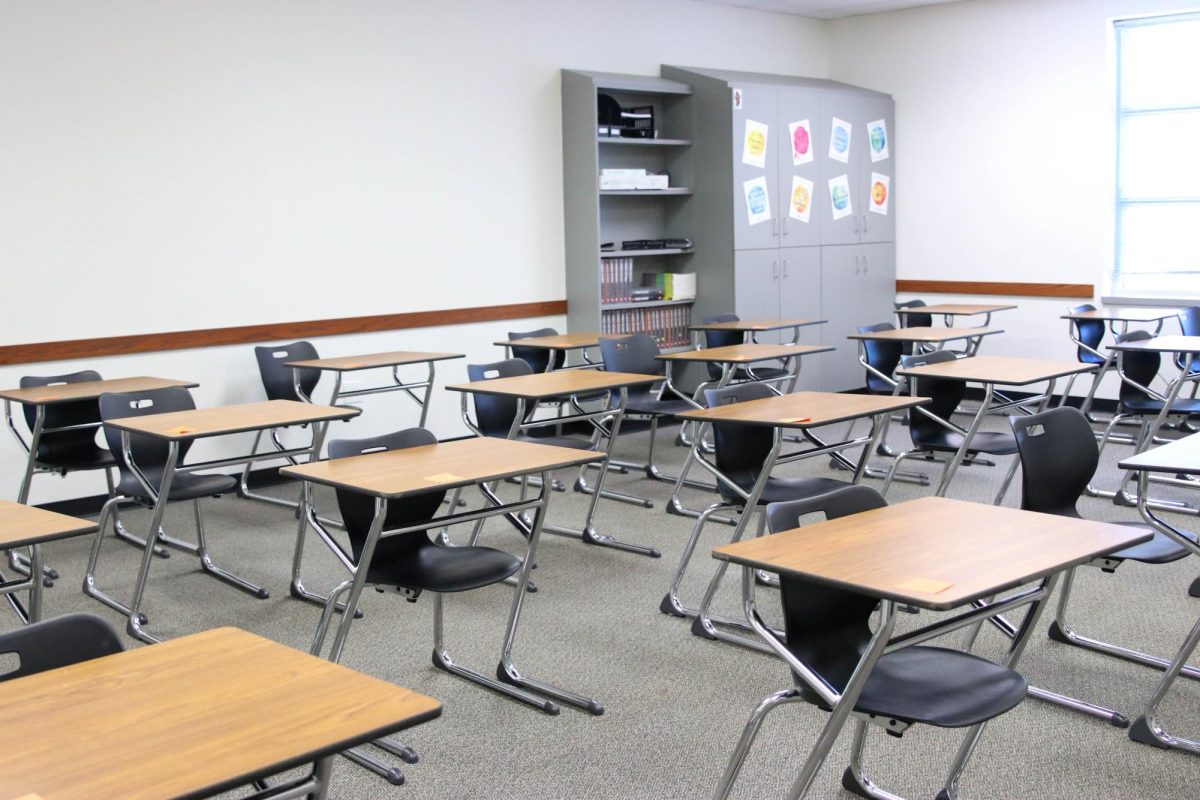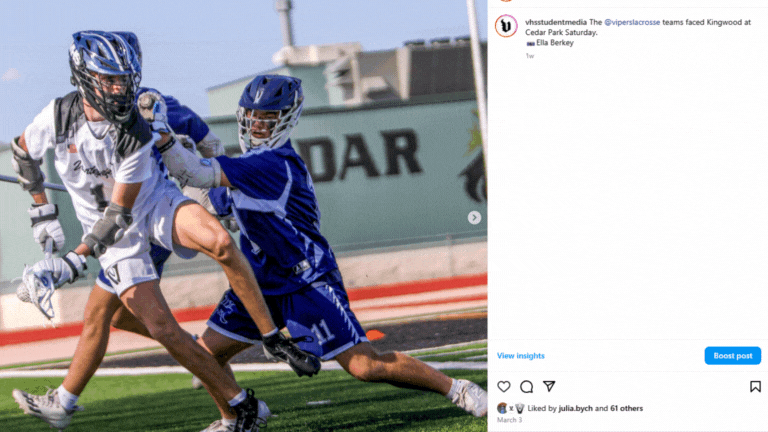Varsity sports do not weigh in on high school GPAs. Taking a sport often rules out two out of the four elective classes each student receives. This causes some students to choose to not engage in sports and instead take academic classes to boost their GPA scores. Advanced Placement classes, known as AP, remain at a higher-level difficulty compared to other classes and weigh more heavily on students’ rankings.
Varsity sports should count as an AP category in high school GPAs.
Varsity sports requires teenagers to achieve a certain level at their sport. Colleges know that taking part in an athletic team requires commitment, hard work, and talent. In Texas, the University Interscholastic League bans students from participating in their sport unless they pass all their academic classes. Because of this, by joining a varsity team, colleges know the players must meet a certain degree of academic achievement. Most varsity players played their sport for several years before making the team, similar to how students spend multiple years taking other math classes before taking Calculus BC AP. Varsity receives the most gameplay and contains the best skills of the sport in the school, making them selective and elite. Colleges know this and keep in mind that students in varsity teams own traits that led them to earning a spot on the team.
Varsity teams consume as much, if not more, time as AP classes. Infamously known for heavy loads of homework, studying, and reading, AP classes can require several hours a week outside school to finish work. UIL allows Texas high school extracurriculars up to eight hours a week of out-of-school practice time, and most varsity sports take up the entire eight hours in the sport’s season. This time does not include competitions and events. Students often miss school to attend these events. Earlier this year in November, the band held consecutive weeks of daily practice followed by missing school for Friday football games with UIL Area and state competitions the following weekends. Because the time-consuming curriculum remains one of the most challenging aspects of AP, it makes sense that this contributes to why varsity sports should count as a weighted class.
AP classes and varsity teams aim to teach similar lessons. The College Board created Advanced Placement classes to teach students time management and allow them to dive deeper into subjects that interested them. Extracurricular programs aim to achieve these goals as well. According to the University of Bridgeport, teenagers can use sports to develop social skills like leadership and teamwork. The National Academy of Athletics states that students who engage in athletics often display better classroom behavior and problem-solving skills, leading to enhanced academic results. If a student continues a sport in high school, it shows their deeper dive into the subject and could save money in the future if they earn scholarships for it. Taking a role in sports often links students more to the community, which many colleges find attractive in applicants.
While some people argue that not every student can join a varsity team, not everyone can take a specific AP class either. APs have the obstacle of only offering certain classes at particular schools. Only two high schools in the district offer Chinese IV AP, so if students lack personal transportation, they cannot take the class.
Schools should make participating in a varsity team count as a weighted class. In doing so, they could encourage participation within the school and community, involving more teenagers into more activities.
Earning a spot on a varsity team should allow the sport to add to students’ GPAs on a 6.0 scale. As varsity represents the school, it requires a major time commitment, and therefore maintains a high reputation among college and job applicants. High school teams also teach vital lessons needed later on, such as time management, social skills, and dedication – all abilities that AP classes aim to teach as well.









